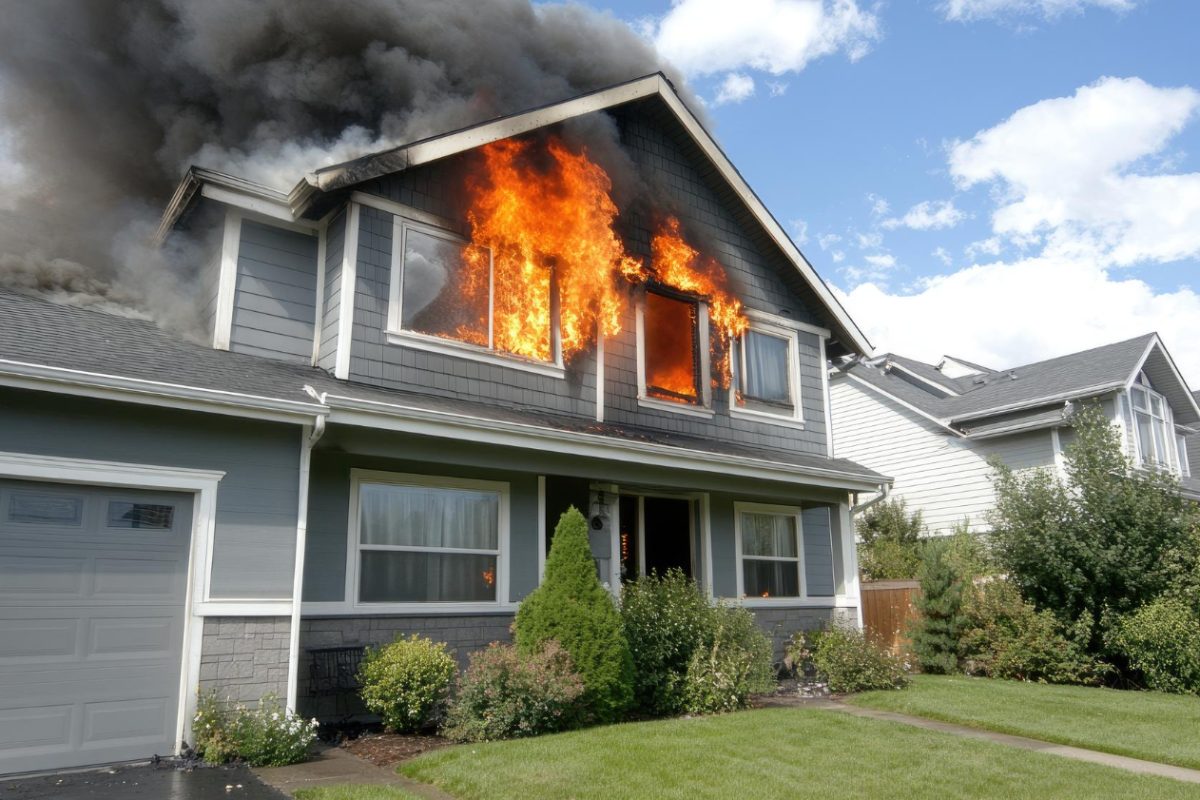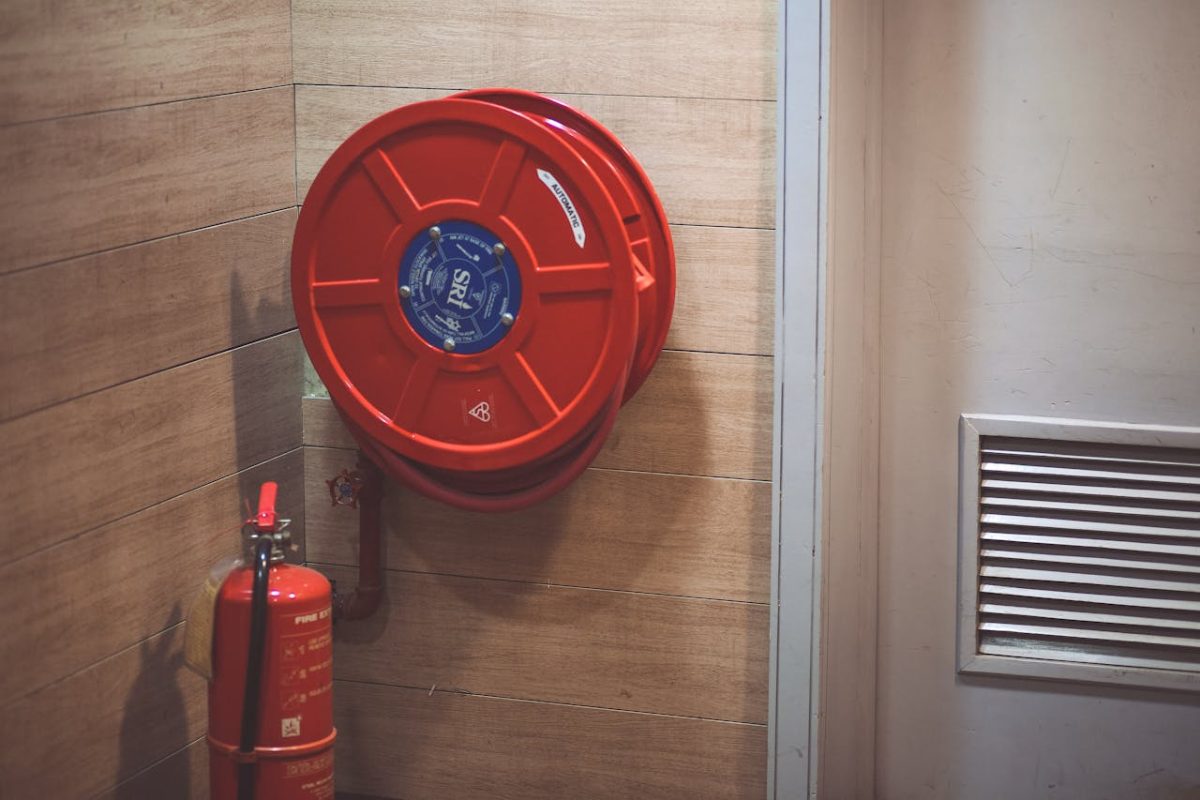Fire and smoke damage in a home can turn life upside down in an instant. The aftermath isn’t just about what you lost, but also about how you deal with the damage that remains. Fires leave behind a mess that can range from charred wood to a pervasive smoke odor that seems impossible to remove. The quicker you act, the easier it becomes to bounce back and restore your home to its former glory. Acting fast not only helps to minimize further damage but also preserves the safety and integrity of your home.
Imagine coming home after a small kitchen fire has been extinguished. Everything looks grimy, there’s soot on the walls, and the air is thick with smoke. It can feel overwhelming, but knowing what to do next makes all the difference. By understanding how to respond quickly and effectively, you can tackle the cleanup before the damage gets out of hand. Remember, taking swift action keeps minor issues from snowballing into major ones.
Assessing the Damage
Seeing your home marked by fire and smoke can be disheartening, but assessing the damage carefully is the first step in moving forward. Here’s how to get started:
– Visible Signs: Begin by identifying obvious signs of damage. Look for blackened surfaces, soot on walls and ceilings, and any items that may have been completely burned or damaged beyond repair. Smoke tends to creep into cracks and crevices, so check areas that may not be immediately visible, like behind appliances or beneath furniture.
– Types of Damage: Understand the different kinds of damage you might be dealing with. Smoke can leave black or brown streaks and a lingering smell that can stick to fabrics and furniture. Soot, a fine black powder resulting from incomplete combustion, can coat surfaces, making everything look dirty and dingy. Structural damage could be present if the fire was intense, including weakened floors, melted fixtures, or compromised walls and ceilings.
Taking a methodical approach gives you a clear picture of what needs attention. This evaluation lets you decide which items can be salvaged and which may need to be replaced. Remember to wear protective gear, like gloves and a mask, during this process to avoid irritants and allergens left by the fire and smoke.
Immediate Actions to Take
Once the preliminary assessment is done, it’s time to spring into action. Swift measures are necessary to ensure safety and start the process of restoration effectively. Here are key steps you should take right away:
1. Ensure Safety: Double-check that the area is safe to enter. If any structures seem questionable, such as leaning walls or burned support beams, don’t venture in until a professional evaluates the space.
2. Contact Emergency Services: If there was significant structural damage or you’re uncertain about safety, call local emergency services. They can help determine if it’s safe to be in the home and provide additional support or guidance.
3. Ventilate the Area: Open windows and doors to allow fresh air to circulate. Use fans to help remove smoke from the air. Ventilation will make it easier to breathe and start reducing smoke odor.
4. Document the Damage: Take pictures of every affected area. This documentation helps when dealing with insurance claims and gives professionals a better idea of the initial state before restoration.
By taking these immediate actions, you set the stage for a smoother and more efficient restoration process. With safety as your primary focus, you can then deal with the finer details of recovery, confident that you’re making informed decisions every step of the way.
Professional Fire and Smoke Damage Restoration
After taking immediate action, the next step is bringing in professionals to ensure the job is done right. Professional restoration services offer the experience and tools necessary to handle fire and smoke damage thoroughly. Their expertise ensures that even the hidden areas affected by smoke and soot are addressed, preventing future problems like lingering odors or health risks.
A professional restoration team will assess the extent of the damage with specialized equipment. This helps them map out the most effective plan for cleaning and restoration, focusing on areas that might not be immediately obvious to the untrained eye. They use advanced techniques to clean and restore items you may have thought were unsalvageable, like furniture or important documents.
Additionally, these experts can assist with dealing with insurance claims to ensure you get the necessary support for your recovery expenses. Their knowledge of fire damage and the insurance industry allows them to provide helpful advice, making a difficult process a bit easier during a stressful time.
Preventative Measures for the Future
Dealing with fire and smoke damage might push you to make changes to protect your home for the future. Simple preventative steps can significantly decrease the risk of fires occurring again. Here’s what you can do:
– Install Smoke Alarms: Ensure smoke alarms are installed on every floor and in key areas like the kitchen and bedrooms. Test them monthly and change batteries as needed.
– Regular Maintenance: Check and maintain heating systems and electrical appliances regularly. Faulty systems can lead to fires, so addressing issues early can prevent future disasters.
– Create a Safety Plan: Develop a fire evacuation plan and practice it with your family. This ensures everyone knows what to do and where to go if a fire breaks out.
Taking these precautions not only reduces the risk of fires but also provides peace of mind. Consistent upkeep and being aware of potential hazards encourage a safer living space for you and your loved ones.
Ensuring Home Safety in Colorado
Wrapping everything up, quick response and professional help are your best assets in restoring safety and comfort in your home after fire and smoke damage. Promptly addressing damage can keep minor issues from turning into major ones. With Colorado’s distinct climate and conditions, special attention is necessary for the unique challenges homes face here. By incorporating preventative measures, you’re better prepared to handle unexpected situations.
It’s a journey to recovery, but by staying proactive, you can keep your home a safe, welcoming space. Keep these strategies in mind, and you’ll find that bouncing back from fire and smoke damage is not just achievable, but an opportunity to build a stronger, safer environment for the future.
If you’re ready to tackle fire and smoke damage effectively, count on Top Gun to assist you. Explore our comprehensive Fire and Smoke Damage Restoration services to regain your home’s safety and comfort.


